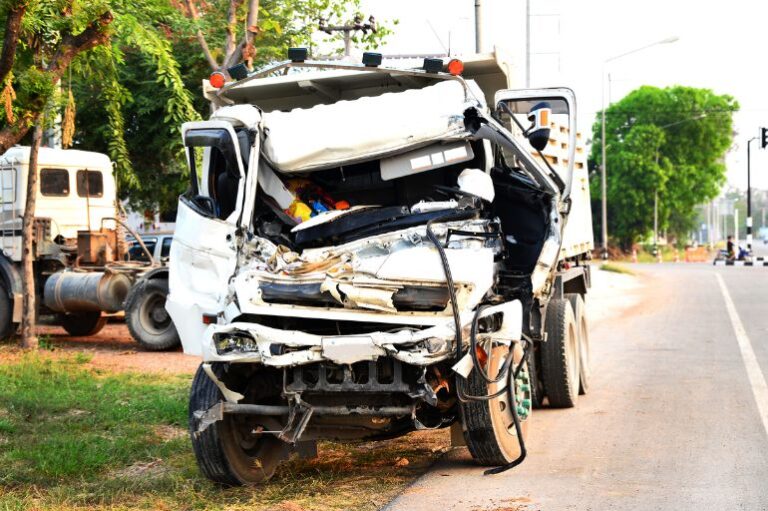ANCAP is expanding its testing protocols to include a broader range of commercial vehicles, a move that CEO Carla Hoorweg believes will significantly benefit fleet managers and small business owners seeking safer options.
She spoke to Fleet HV News at the Sydney International EV Auto Show and highlighted this expansion was a response to the increasing need for rigorous safety standards across all vehicle types, especially those used in commercial applications. She explained that ANCAP’s testing of commercial vehicles began in 2020 with vans and is now set to extend to larger vehicles, including U.S.-style pickup trucks and light trucks.
In the exclusive interview, Hoorweg pointed out that commercial vehicles play an essential role in workplace safety, as they often serve as “workplaces on wheels” for drivers. Given this, ensuring their safety is critical. “Your vehicle is a workplace, and you want the safest workplace possible,” Hoorweg said. ANCAP’s decision to assess these vehicles for crash avoidance and other safety technologies provides a standard for fleet operators to compare models and make informed decisions that prioritise driver safety.
The initial focus for commercial vehicle testing involved vans, with ANCAP introducing a grading system to assess their crash avoidance capabilities. Since these vehicles typically lack comprehensive crash testing, the grading system provides fleet managers with valuable insights into features like Automatic Emergency Braking (AEB) and Lane Support Systems (LSS).
This approach has led to notable improvements in the market, Hoorweg said. “When we first started in 2020, a lot of the vans didn’t do great,” she noted, but recent assessments show more vans achieving higher grades, including platinum and gold ratings. This progress reflects the responsiveness of original equipment manufacturers (OEMs) to safety expectations.
Building on this success, ANCAP plans to expand its commercial testing to include larger vehicles. “We’re starting with two areas off the bat,” Hoorweg explained, referring to U.S.-style pickup trucks and light trucks. These larger pickups are particularly important for ANCAP’s testing program, as they are often not subject to the same Australian Design Rules (ADRs) as passenger vehicles. This regulatory gap means that many commercial pickups have not adopted the same safety features required in the passenger car segment. By putting these vehicles through similar testing as vans, ANCAP aims to incentivise manufacturers to enhance safety features, such as AEB and LKA, in vehicles commonly used in fleets and commercial operations.
The testing program is set to include light trucks, covering vehicles up to eight tonnes, which have also lacked comprehensive safety evaluations. By examining vehicles within this weight range, ANCAP hopes to provide fleet managers with detailed assessments of safety features, aiding them in selecting safer options.
Hoorweg noted that this initiative aligns with ANCAP’s partnership with Euro NCAP, which has been testing heavy vehicles in Europe since 2017.
“Euro NCAP has been looking at heavy trucks… and they will be releasing their first batch of results at the end of November this year,” she added. These insights from Europe will inform ANCAP’s approach as it rolls out its commercial vehicle testing program in Australia and New Zealand.
The expansion of ANCAP’s commercial vehicle testing program provides fleet operators and small businesses with critical information to ensure driver safety. By encouraging the adoption of advanced safety technologies and fostering transparency, ANCAP’s testing expansion reflects its commitment to making Australian roads safer, not only for passenger car drivers but also for those behind the wheel of commercial vehicles.






